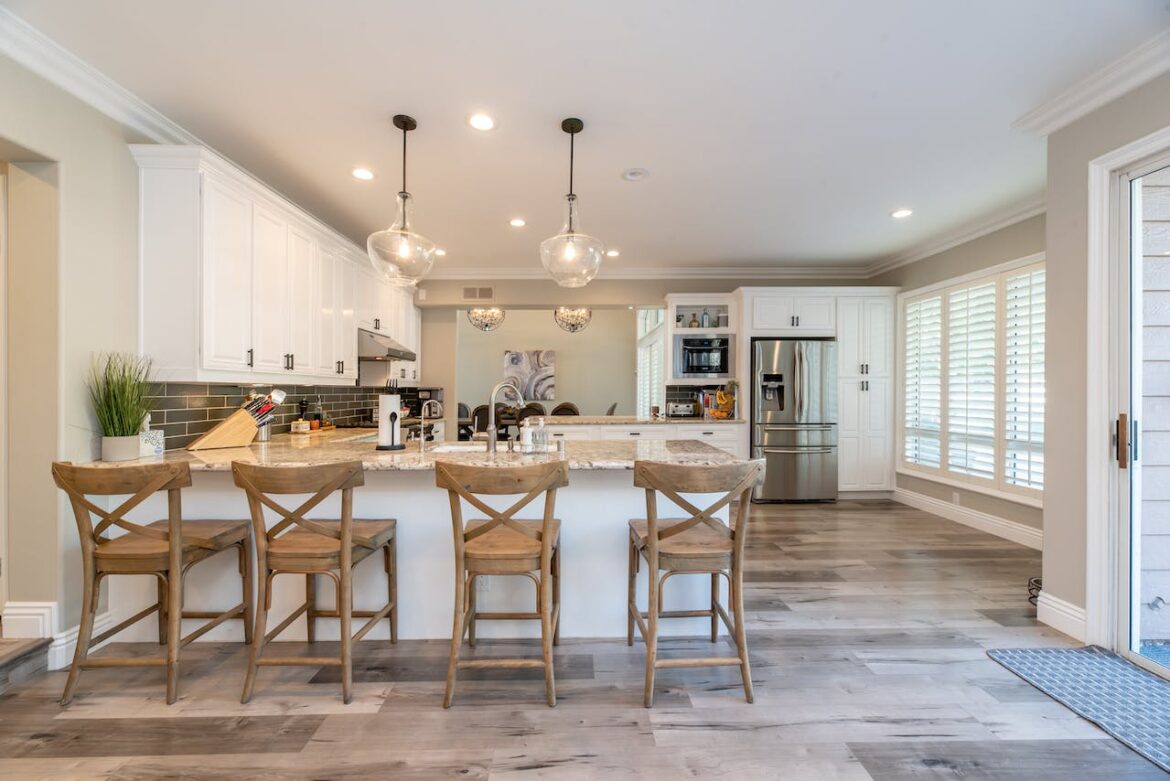The kitchen, often referred to as the heart of a home, serves as a testament to culinary artistry and family gatherings. But, nestled amidst its charm, are potential safety pitfalls. From the hum of appliances to the gleam of sharp utensils, a mindful approach is required to ensure everyone’s well-being. Delve into this comprehensive guide, focusing on the myriad of safety measures, specialized tools, and consistent practices that can transform your kitchen into a bastion of safety and efficiency.
Understand and Respect Your Appliances
Know Your Equipment Inside Out
Every kitchen appliance, whether a modern induction stove or a classic refrigerator, has its unique features and safety guidelines. Devoting time to peruse the user manual can provide insights into best practices and potential hazards. Beyond just the initial read, periodic revisiting and regular maintenance can preemptively spot issues, ensuring that each appliance functions efficiently while minimizing risks.
Gas Safety and Proactive Measures
Gas-powered stoves and ovens, although common, come with inherent dangers. It’s essential to maintain proper ventilation to prevent any buildup of harmful gasses. Early detection of gas leaks can be a lifesaver. Recognizing the distinct smell of natural gas is a good first step. However, for precise monitoring, tools like gas detection tubes can be invaluable, offering an accurate method to detect dangerous gas concentrations and prompting timely intervention.
Minimize Risks with Smart Storage Solutions
Separate and Segregate
A kitchen brimming with sharp tools demands strategic storage. Knives, graters, and other sharp-edged tools should be stored in dedicated, childproof locations. Employing solutions like knife blocks or magnetic strips can safeguard against accidental injuries. Additionally, for ergonomics and safety, heavy cookware like pots and pans should be within easy reach, ideally at waist height.
Chemical Storage and Safety
Household chemicals pose another layer of risk, especially if they’re stored alongside edibles. These should be securely stored in areas separate from food, preferably in locked or high cabinets. Regular checks for intact seals, coupled with refraining from transferring them to nondescript containers, can avert accidental consumption.
Prioritize Personal Safety
Dressing for the Occasion
The attire one chooses for cooking plays a pivotal role in ensuring safety. Loose, billowing clothes can easily catch on handles or come in contact with open flames. It’s sensible to wear form-fitting clothes, preferably made of natural fibers. Moreover, opting for closed-toe shoes can provide an additional layer of protection against unforeseen spills or drops.
Advocating for Protective Gear
While gloves might be associated with cleaning or cold weather, their utility in the kitchen is unmatched. Handling spicy ingredients, grappling with sharp tools, or navigating hot cookware becomes considerably safer with the right pair of gloves. Especially for high-heat tasks, heat-resistant gloves can be the difference between a pleasant cooking experience and an unfortunate accident.
Cultivate Safe Habits
Championing a Clutter-Free Kitchen
Amidst the hustle and bustle of meal prep, a cluttered kitchen can exacerbate risks. Prioritizing clear countertops not only streamlines the cooking process but also reduces the likelihood of spills and accidents. Moreover, an organized kitchen ensures unobstructed movement, crucial for swiftly handling emergencies or accessing first aid supplies.
The Value of Focused Cooking
In our multitasking-driven world, the kitchen demands undivided attention. Monitoring bubbling pots, overseeing electric mixers, or even regulating gas ovens requires a vigilant eye. Distractions can lead to oversights, potentially escalating into hazards. It’s always wise to either switch off appliances when stepping away or delegate oversight to another responsible individual.
Engage and Educate the Household
Instituting Regular Safety Drills
Proactivity is a cornerstone of safety. Regularly simulating potential emergencies, like fires or gas leaks, can prepare family members to act swiftly and effectively. Educate them about emergency exits, the operation of fire extinguishers, and foundational first-aid practices.
Sharing the Mantle of Safety
Safety isn’t a solitary endeavor. By involving all household members, from young children to the elderly, in discussions and training sessions about kitchen safety, a collective consciousness develops. It fosters a communal environment where everyone is vigilant, accountable, and proactive in ensuring a safe kitchen space.
Conclusion
Safety in the kitchen is an ongoing endeavor, a blend of awareness, equipment usage, and habit cultivation. By integrating the facets highlighted in this guide, you pave the way for a kitchen that resonates with culinary creativity while ensuring the safety and well-being of all its users.

